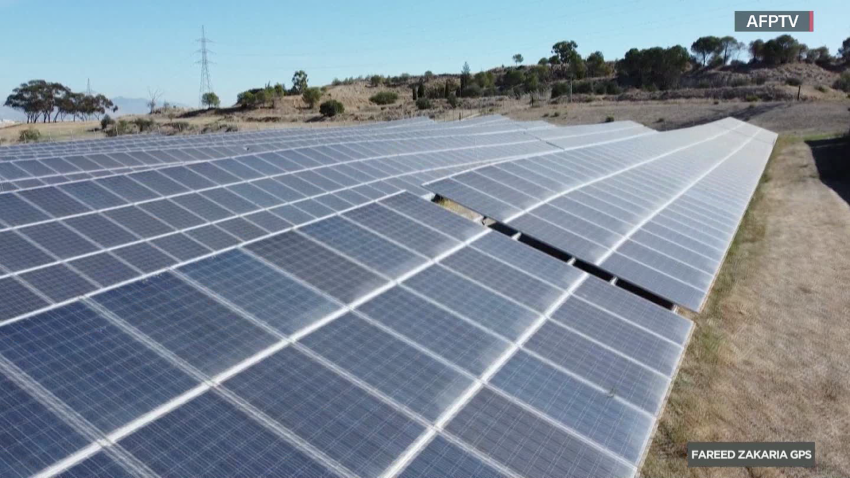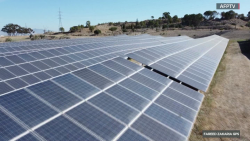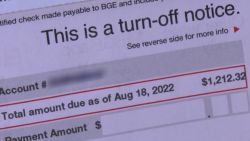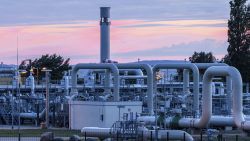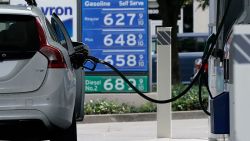Editor’s Note: Mark Wolfe is an energy economist and serves as the executive director of the National Energy Assistance Directors’ Association (NEADA), representing the state directors of the Low Income Home Energy Assistance Program. He specializes in energy, climate, housing and related consumer finance issues. The opinions expressed in this commentary are his own.
In March, the US Department of Commerce opened an investigation to determine if four countries that supply the US with solar panels — Cambodia, Malaysia, Thailand and Vietnam — have been using components made in China that should be subject to US tariffs. If the Commerce Department finds that to be the case, then the solar panels these four countries sell in the US could be subject to retroactive tariffs, which in turn would cause prices here in the US to spike.
The industry is already in a panic. A recent report by the Solar Energy Industries Association found that 83% of US companies surveyed that use or purchase solar panels are expecting cancellations or delays. And some CEOs worry the investigation could cause the industry to collapse — not entirely surprising given how heavily the US relies on these countries for solar panel materials.
Indeed, about 80% of all solar panels installed in the US are imported from Cambodia, Malaysia, Thailand and Vietnam. This reliance on other countries leaves the US vulnerable to continued global supply disruptions for an essential product that can help accelerate the US transition to a clean energy economy.
Solar energy is the fastest-growing energy source in the US, and possibly the nation’s best hope for achieving its climate goals. By reducing demand for fossil fuels, solar can help to strengthen the economy by providing a stable source of energy from the sun rather than be subject to the limitations of drilling rigs, rapidly rising fossil fuel prices and imports from governments that do not share US values.
A recent report by the US Department of Energy found that solar energy has the potential to power as much as 40% of the nation’s electricity by 2035. And according to Secretary of Energy Jennifer M. Granholm, “…Solar, our cheapest and fastest-growing source of clean energy, could produce enough electricity to power all of the homes in the U.S. by 2035 and employ as many as 1.5 million people in the process.” Access to solar is particularly important for low-income families who are least able to afford rising home energy prices and are less likely to have generators or other backups systems when the power goes down.
To meet the nation’s clean energy goals, the US must develop a robust manufacturing capability to produce solar energy panels and components. It can do that by providing financial incentives to US manufacturers to help offset higher domestic production costs, which have been estimated to be 30% to 40% more than imports.
Congress is already moving in this direction. For example, the House-passed Build Back Better bill would extend and expand the investment tax credit and the production tax credit to encourage the production of solar panels. The tax credits should reduce overall production costs, increase manufacturing efficiency, build production capacity and provide ongoing production assistance.
These are important because they signal a long-term commitment to the growth of solar energy in the US and to American manufacturing. And they give solar investors the confidence they need to finance solar panel production facilities. In addition, the Commerce Department should move quickly to complete its investigation to give the solar industry certainty on pricing for imports until Congress agrees to a longer-term solution.
Congress still has time to act, but it’s running short. Lawmakers should agree to passage of the tax credits before the session ends. The nation’s clean energy goals are hanging in the balance.

